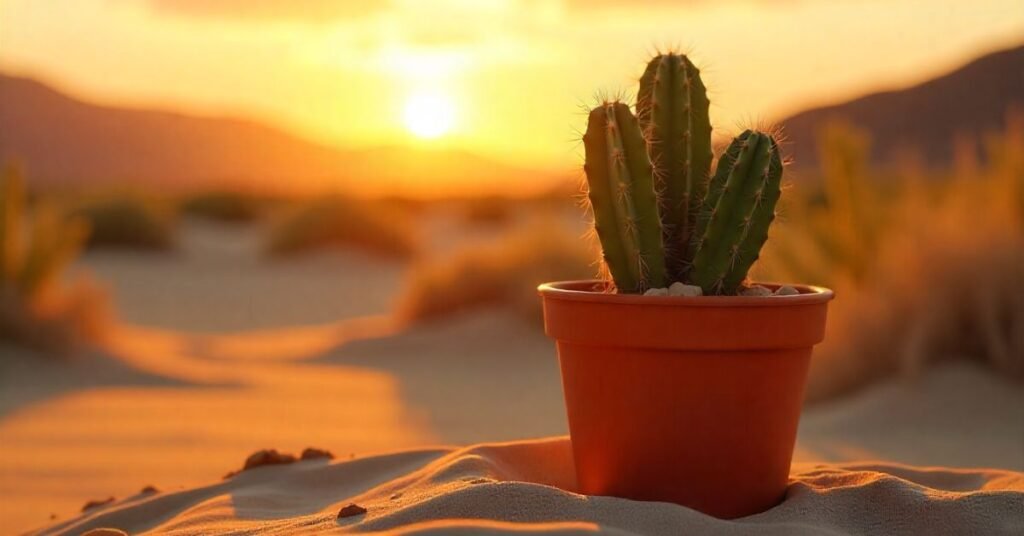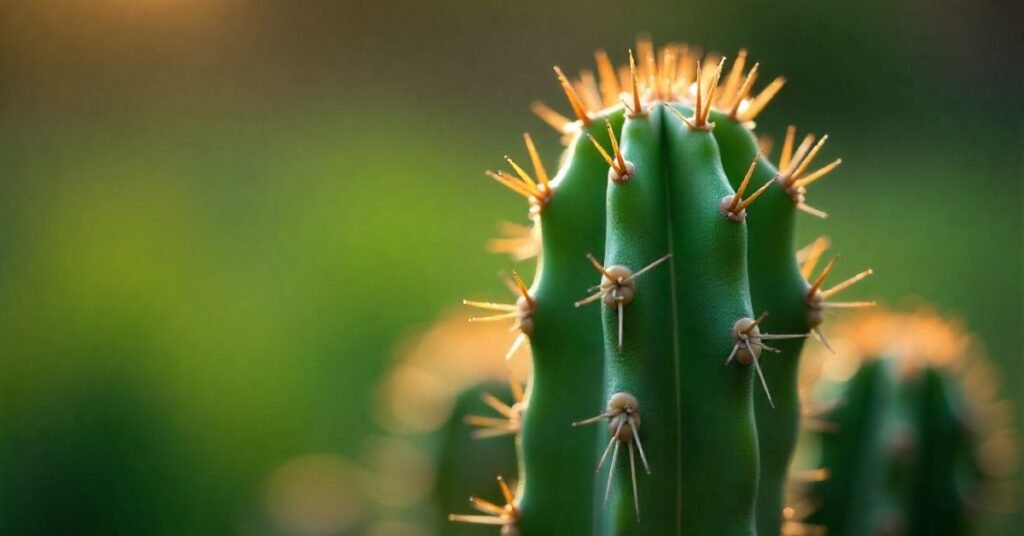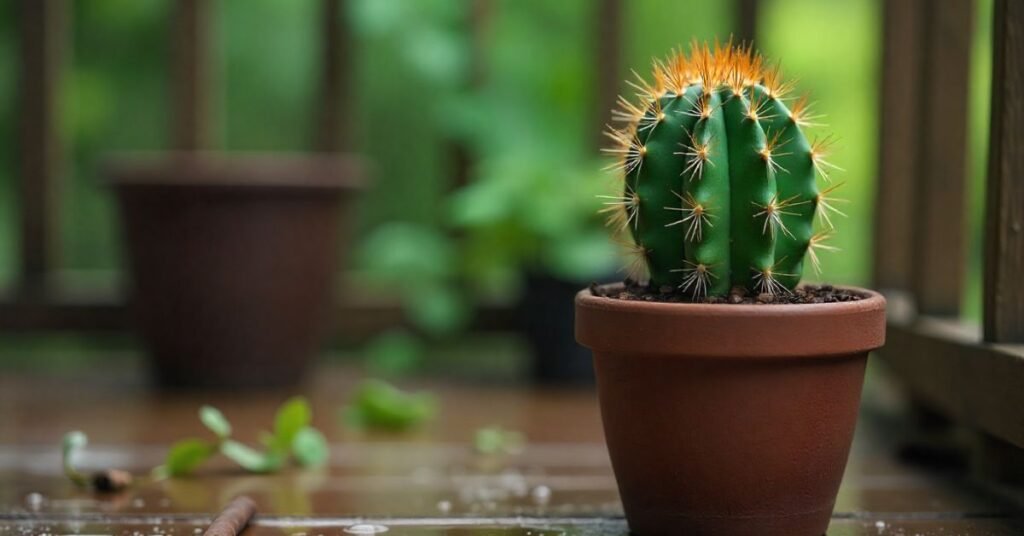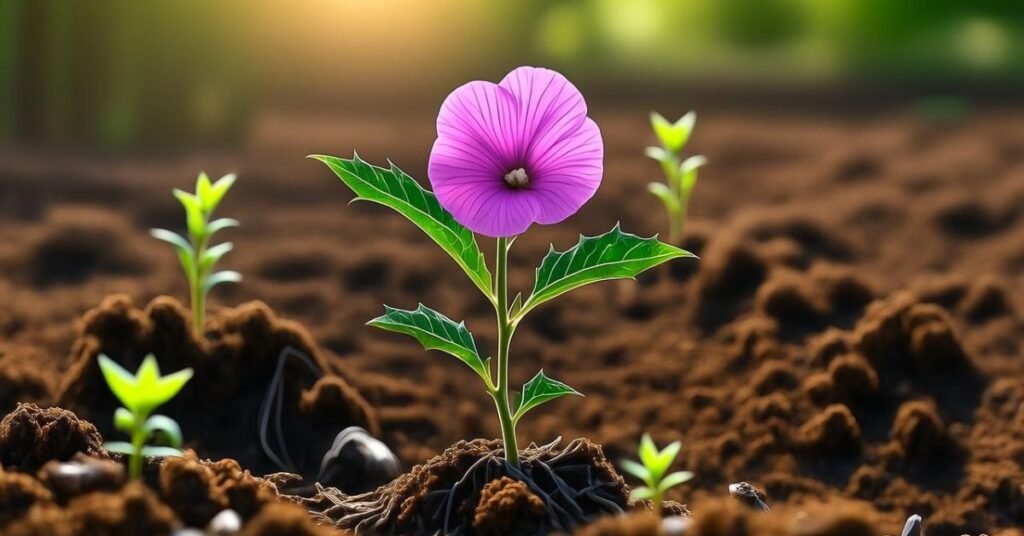Introduction
The pencil cactus plant, also known as Euphorbia tirucalli, is a unique succulent with thin, pencil like stems. It thrives in warm, dry conditions and requires little maintenance. This plant is popular for its striking appearance and ability to grow both indoors and outdoors.
Growing a pencil cactus can be fun and rewarding. Its bright green stems add a modern, tropical touch to any space. Many plant lovers enjoy it because it requires little care and can adapt to different environments. If you are looking for a plant that brings beauty without much effort, this is a perfect choice.
To keep your pencil cactus healthy, it is important to understand its basic needs. It prefers plenty of sunlight, well draining soil, and occasional watering. Learning the right care tips will help your plant grow strong and vibrant.
Pencil Cactus, Milk bush Latin: Euphorbia tirucalli
The pencil cactus, also called milk bush, is a unique succulent with slender, green stems. Its scientific name is Euphorbia tirucalli. This plant produces a white, milky sap that gives it the name milk bush. It thrives in warm, sunny environments and needs minimal water.
Euphorbia tirucalli is popular for both indoor and outdoor decoration. It can grow tall and bushy with proper care. The plant prefers well draining soil and bright sunlight. Its striking shape makes it a favorite among succulent lovers.
How to Propagate Your Pencil Cactus
Propagating a pencil cactus is simple and rewarding. Start by selecting a healthy stem from the plant. Use clean, sharp scissors or pruning shears to cut a small piece. Wear gloves, as the plant produces a white, milky sap that can irritate the skin. Make a callus by letting the cutting dry for a few days.

Plant the cutting in well draining soil after it has dried. Place it in a sunny spot and water lightly. Rot can be caused by too much moisture, so avoid overwatering. Within a few weeks, roots will start to develop. With proper care, your new pencil cactus will grow into a healthy and vibrant plant.
Botany of Pencil Cactus
The pencil cactus is a succulent shrub with slender, cylindrical stems. Its scientific name is Euphorbia tirucalli. The plant contains a white, latex like sap that is toxic if ingested. It has tiny, almost invisible leaves that fall quickly. The pencil cactus rarely flowers and mainly grows through its green stems. It can reach impressive heights in warm, sunny climates.
Light Requirements
The pencil cactus loves bright light and thrives in full sun. It grows best near sunny windows or in outdoor areas with plenty of light. Avoid placing it in dark corners, as low light can weaken the plant. Rotate the plant occasionally to ensure even growth. If grown indoors, south facing or west facing windows are ideal.
Best Placement Options:

- Near a sunny south facing window indoors
- In a bright, outdoor patio or balcony
- In a garden spot with full sun exposure
- Away from dark, shaded areas
Optimal Soil & Fertilizer Needs
The pencil cactus grows best in sandy, well draining soil. It does not like to sit in water, as this can cause root rot. Cactus or succulent mixes are perfect for this plant. During the growing season in spring and summer, fertilize lightly. Use a balanced, diluted fertilizer once a month for healthy growth. Avoid heavy feeding in winter when the plant is dormant.
Soil and Fertilizer Guide
| Requirement | Recommendation |
| Soil Type | Sandy, well draining cactus mix |
| pH Level | Slightly acidic to neutral (6.0 to 7.0) |
| Fertilizer Type | Balanced, diluted liquid fertilizer |
| Fertilizing Schedule | Once a month in spring and summer |
| Winter Fertilization | Not required |
Types of Pencil Cactus
Pencil cactus has a few popular types. Each type has unique looks and growth habits. Here are the main types:

- Euphorbia tirucalli ‘Rosea’ :Known as Fire Sticks. Its stems turn red, orange, and pink in cool weather.
- Euphorbia tirucalli ‘Sticks on Fire’ :A bright and colorful variety. It shows shades of yellow, orange, and red all year.
- Euphorbia tirucalli Green Form :The classic green pencil cactus. It has smooth, green stems and grows tall.
- Miniature Varieties :Small forms suitable for pots. They are perfect for indoor decoration.
Is Pencil Cactus Sap Toxic?
Yes, pencil cactus sap is toxic. The white, milky sap can irritate the skin. It may cause redness, itching, or rashes. If it touches the eyes, it can lead to pain and swelling. Ingestion is dangerous and can cause stomach upset or vomiting. Always wear gloves when handling the plant. Keep it away from children and pets.
Characteristics of a Pencil Cactus?
The pencil cactus is a unique and eye catching succulent. It has thin, cylindrical stems that resemble pencils. The plant is drought tolerant and easy to grow. It prefers bright sunlight and dry soil. Its leaves are tiny and fall off quickly.
Key characteristics include:
- Thin, green, pencil like stems
- Few or no visible leaves
- Can turn red or orange in bright light
- Stores water in stems
- Grows tall in warm climates
- Requires minimal care
| Feature | Description |
| Stem Shape | Thin, cylindrical, pencil like |
| Leaf Presence | Very small, drop quickly |
| Color Change | Green turns red/orange in sunlight |
| Water Storage | Stems hold water |
| Growth Habit | Tall, branching structure |
| Maintenance | Low care, drought tolerant |
Benefits of Pencil Cactus
Pencil cactus is a low maintenance plant. It survives well in hot and dry conditions. The plant needs very little water and care. Its unique shape adds beauty to gardens and homes. It can be used as an ornamental plant indoors and outdoors. In bright sunlight, it shows beautiful red and orange shades. Pencil cactus also works well for creating privacy in landscapes
Pests & Common Diseases of Pencil Cactus
Pencil cactus is a tough plant, but it can still get pests and diseases. Mealybugs and spider mites often attack its stems. They feed on the sap and slow its growth. Fungal infections and root rot can be caused by overwatering. Yellow, soft, or drooping stems are warning signs. Regular checks and proper care keep the plant healthy.

| Problem | Cause | Symptoms | Solution |
| Mealybugs | Sap sucking insects | White cotton like spots | Wipe with alcohol or insecticidal soap |
| Spider Mites | Dry, dusty conditions | Webbing and yellow speckles | Spray water or use neem oil |
| Root Rot | Overwatering | Soft, mushy, or black roots | Remove rotted roots and repot |
| Fungal Infection | Excess moisture | Yellowing or drooping stems | Reduce watering and improve drainage |
Conclusion
The pencil cactus plant is a unique and low maintenance succulent. It grows well in bright sunlight and dry soil. This plant needs very little water to thrive. The pencil cactus plant adds beauty and a modern touch to any garden. With proper care, it stays healthy and vibrant for years.
FAQs About Pencil Cactus Plant
1. Is the pencil cactus plant easy to grow?
Yes, it is very easy to grow because it needs little water and care.
2. Can I keep a pencil cactus plant indoors?
Yes, it can grow indoors if placed in bright, sunny spots.
3. Is the sap of the pencil cactus plant poisonous?
Yes, its milky sap is toxic and can irritate skin and eyes.
4. How often should I water my pencil cactus plant?
Water only when the soil is completely dry, usually every 2 to 3 weeks.
5. Why are the stems of my pencil cactus plant turning yellow?
Yellow stems often indicate overwatering or poor drainage.


